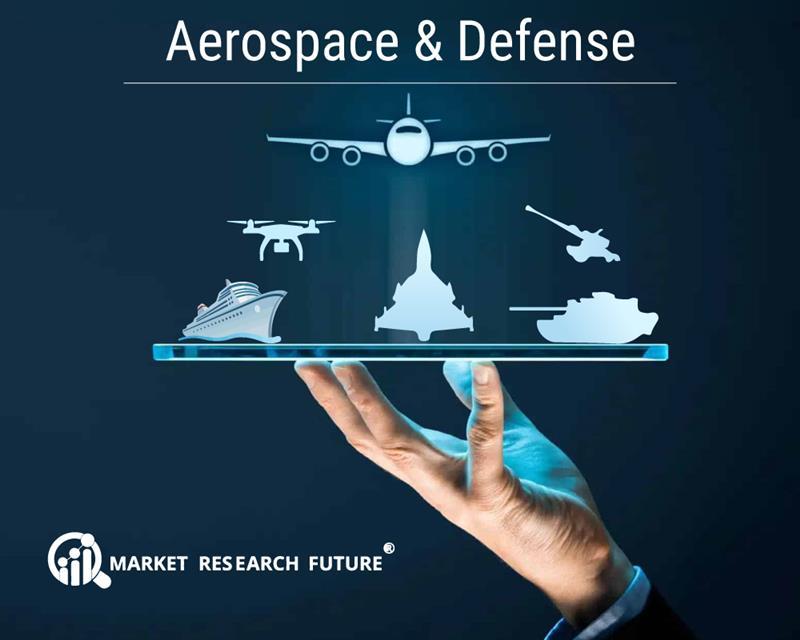Why Air Traffic Management Technology Is the Backbone of Next-Gen Aviation”

The aviation industry is continuously evolving with the adoption of digital technologies, growing flight volumes, and the integration of emerging airborne platforms. Air traffic management has become critical for ensuring safe navigation, minimizing congestion, and enabling efficient airspace use. By combining automation, communication systems, and predictive analytics, ATM solutions play a pivotal role in modern aviation operations.
The contribution of Air Traffic Management Companies is becoming increasingly significant. These companies deliver integrated solutions that support real-time monitoring, route optimization, and automated conflict resolution. Their technologies enhance the safety, efficiency, and reliability of flight operations while allowing operators to adapt to new challenges in increasingly busy airspace.
Modern ATM systems incorporate advanced radar networks, navigation systems, and communication links, ensuring controllers have accurate and timely information. Predictive algorithms assist in planning flight paths, reducing congestion, and maintaining safe separation between aircraft. This combination of automation and human oversight supports high levels of operational safety and efficiency.
The aviation sector is also benefiting from the integration of unmanned aerial vehicles and urban air mobility into existing airspace. Advanced ATM technologies manage these new aircraft types while maintaining the safety of conventional flights. Real-time data exchange, AI-assisted decision-making, and automated monitoring enable efficient coordination across diverse airborne platforms.
Sustainability considerations are influencing ATM innovation. Optimized flight routes, efficient airspace utilization, and reduced holding times help lower fuel consumption and emissions. By contributing to greener flight operations, these technologies align with global environmental goals while maintaining operational efficiency.
Simulation and training play a key role in enabling personnel to leverage advanced ATM systems. Controllers and pilots practice handling complex scenarios, emergency situations, and high-traffic operations in virtual environments. This ensures that human operators remain skilled and responsive while using cutting-edge air traffic management tools.
As global aviation continues to expand, air traffic management companies will drive innovation through AI, predictive analytics, cloud-enabled monitoring, and more efficient system integration. These solutions enhance safety, reliability, and sustainability in modern aviation, enabling smarter, safer skies for the future.
Table of Contents
SECTION I: EXECUTIVE SUMMARY AND KEY HIGHLIGHTS
SECTION II: SCOPING, METHODOLOGY AND MARKET STRUCTURE
SECTION III: QUALITATIVE ANALYSIS
SECTION IV: QUANTITATIVE ANALYSIS
SECTION V: COMPETITIVE ANALYSIS ........
FAQs
What was the size of the Air Traffic Management Market in 2024?
The Air Traffic Management Market was valued at 8.26 USD Billion in 2024.
What is the projected market size for the Air Traffic Management Market in 2035?
By 2035, the Air Traffic Management Market is projected to reach a value of 14.2 USD Billion.
Which region held the largest market share in the Air Traffic Management Market in 2024?
In 2024, North America held the largest Air Traffic Management Market share, valued at 3.1 USD Billion.
Related Report:
US Air Traffic Management Market
- Art
- Causes
- Crafts
- Dance
- Drinks
- Film
- Fitness
- Food
- Oyunlar
- Gardening
- Health
- Home
- Literature
- Music
- Networking
- Other
- Party
- Religion
- Shopping
- Sports
- Theater
- Wellness


